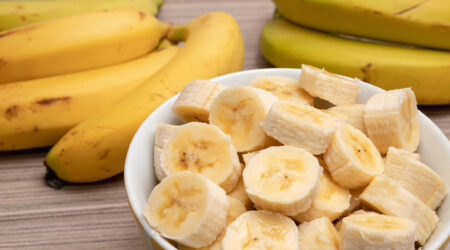
33 breakfast ideas for a healthy start to the day
A nutritious breakfast fuels the body and kickstarts the metabolism, setting the tone for an energetic, productive day. With a wide array of healthy options, breakfast does not have to be boring. Today, one can choose from a variety of nutrient-rich breakfast options that are also easy to whip up. Whether one prefers quick meals or elaborate spreads, here are the top breakfast ideas for all kinds of food preferences: 1. Avocado and egg breakfast tacos Soft corn tortillas filled with mashed avocado and a perfectly poached egg can be a balanced and protein-rich start to the day. 2. Greek yogurt and berry parfait In a jar or bowl, one can top creamy Greek yogurt with fresh berries, honey, and crunchy granola for a delightful, protein-packed breakfast. 3. Spinach and mushroom omelet To make a fluffy, delicious omelet, one can whip some eggs and add sautéed spinach, mushrooms, and a sprinkle of low-fat cheese. This can be a nutritious, savory morning meal. 4. Chia seed and almond butter pudding One can combine chia seeds, almond milk, and a dollop of almond butter for a fiber-rich, creamy pudding packed with healthy fats and protein. 5. Banana oat pancakes To make this delicious breakfast, one should mash ripe bananas into an oat-based batter. Then, one can pour this batter on a pan or griddle and make pancakes for a gluten-free, healthy breakfast. 6. Quinoa breakfast bowl with berries Cooking quinoa in almond milk and then topping it with fresh berries, nuts, and a drizzle of honey gives one a protein-packed, gluten-free delight. 7. Smoked salmon and avocado bagel One can elevate a classic bagel by adding creamy avocado, smoked salmon, and a sprinkle of capers for a protein-rich and omega-3-packed breakfast. 8. Blueberry almond butter overnight oats Combining rolled oats, almond butter, blueberries, and almond milk is a convenient, no-cook breakfast.
Read More 









